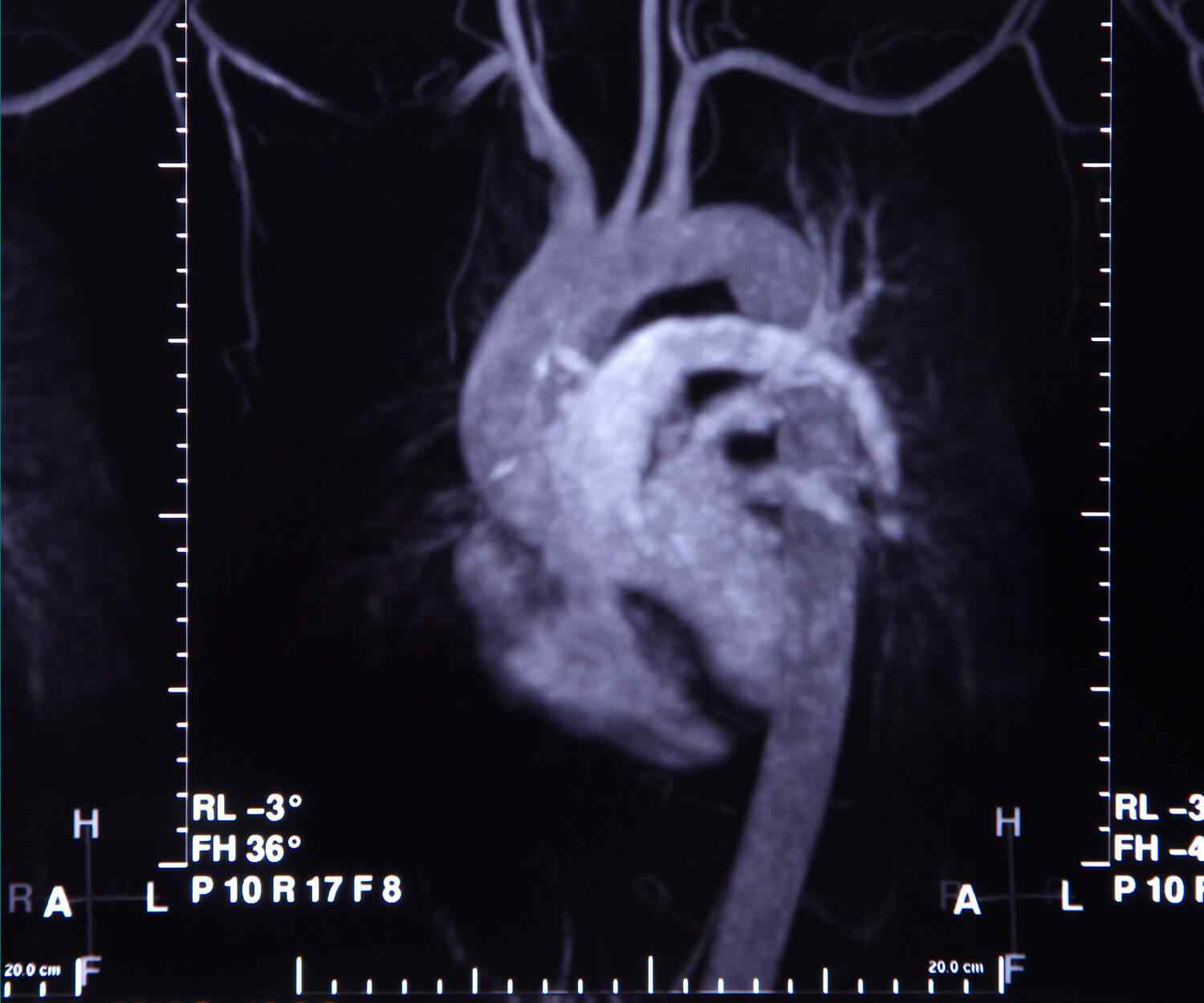Contact Lenses
Enhancing Vision in Keratoconus: The Role of Contact Lenses
How Contact Lenses Improve Vision in Keratoconus:
1. Smoothing Corneal Irregularities:
Contact lenses mask corneal irregularities caused by keratoconus, creating a smooth refractive surface that improves visual clarity.
2. Providing Optical Correction:
By compensating for corneal irregularities, contact lenses correct refractive errors such as myopia, astigmatism, and irregular astigmatism, thereby enhancing visual acuity.
3. Optimizing Tear Film:
Some contact lenses for keratoconus are designed to improve tear film distribution, reducing dryness and improving comfort during lens wear.
4. Customized Fitting:
Contact lenses for keratoconus are often customized to the individual’s corneal shape and visual needs, optimizing their effectiveness in providing clear vision.

Types of Contact Lenses for Keratoconus:
1. Rigid Gas Permeable (RGP) Lenses:
RGP lenses are rigid, gas-permeable lenses that provide excellent optical correction and are well-suited for irregular corneas. They offer good tear exchange, which helps maintain corneal health.
2. Hybrid Lenses:
Hybrid lenses combine a rigid center with a soft peripheral skirt, offering the optical benefits of RGP lenses with the comfort of soft lenses. They are particularly suitable for patients with moderate to severe keratoconus.
3. Scleral Lenses:
Scleral lenses vault over the cornea, resting on the sclera, which reduces corneal sensitivity and provides stable vision. They are beneficial for patients with advanced keratoconus or irregular corneal surfaces.
4. Piggyback Lenses:
Piggyback lenses involve wearing a soft lens on the cornea with an RGP lens on top, providing enhanced comfort while maintaining optical correction.
Importance of Careful Contact Lens Use:
1. Infection Prevention:
Proper hygiene practices, including handwashing and lens cleaning, are essential to reduce the risk of microbial infection, which can lead to serious complications such as corneal ulcers.
2. Management of Dry Eye:
Regular monitoring and management of dry eye symptoms are crucial to prevent discomfort and corneal complications associated with contact lens wear.
3. Allergy Management:
Patients with allergies may experience irritation or exacerbation of symptoms with contact lens use. Identifying and managing allergies is essential for successful lens wear.
4. Monitoring for Contact Lens Intolerance:
Regular follow-up visits with an eye care professional are necessary to monitor for signs of contact lens intolerance, such as redness, discomfort, or decreased vision, and to adjust the lens fit or prescription as needed.
Contact lenses are indispensable tools for improving vision and quality of life in patients with keratoconus. However, their usage requires careful consideration and diligent care to minimize the risk of complications such as infection, dry eye, allergy, and contact lens intolerance. Working closely with an eye care professional and adhering to proper lens hygiene and maintenance protocols are vital for safe and effective contact lens use in keratoconus management.

Types of Cardiomyopathy
Restrictive cardiomyopathy is a condition where your ventricles do not thicken, yet they still become stiff and rigid and cannot pump blood effectively.
In this type of cardiomyopathy, the pumping ability of your heart’s main pumping chamber — the left ventricle — becomes enlarged (dilated) and can’t effectively pump blood out of the heart.
This type involves abnormal thickening of your heart muscle, which makes it harder for the heart to work. It mostly affects the muscle of your heart’s main pumping chamber (left ventricle).
In this rare type of cardiomyopathy, the muscle in the lower right heart chamber (right ventricle) is replaced by scar tissue, which can lead to heart rhythm problems. It’s often caused by genetic mutations.
Related TreatmentAngioplasty
Angioplasty uses a tiny balloon catheter that is inserted in a blocked blood vessel to help widen it and improve blood flow to your heart. Angioplasty is often combined with the placement of a small wire mesh tube called a stent. The stent helps prop the artery open, decreasing its chance of narrowing again.


